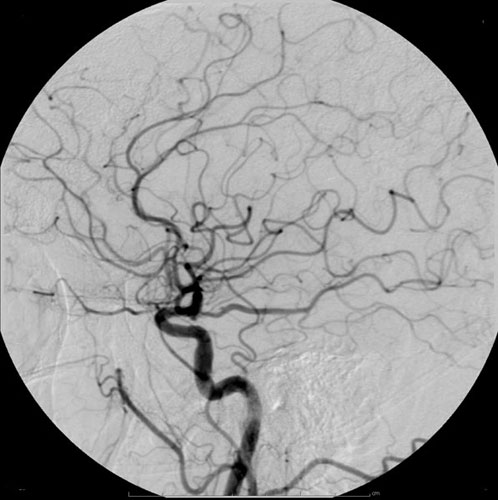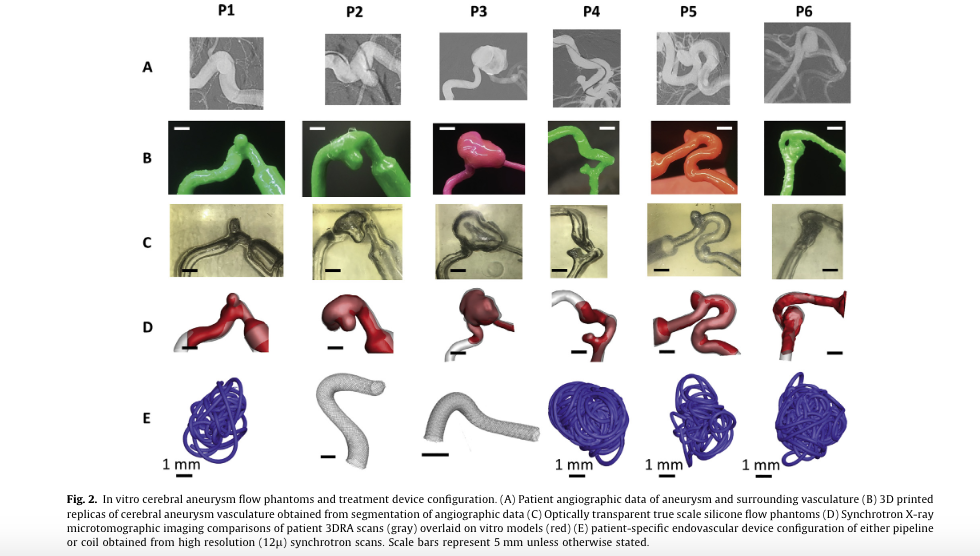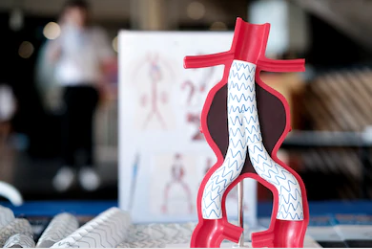Memories Retrieved by the Solitaire Stentriever: Acute Stroke from the First-Person Perspective
This qualitative narrative medicine study, done in conjunction with Mount Sinai Department of Neurosurgery, is attempting to show the benefits of thrombectomy devices while also giving a voice to both stroke patients and their caregivers of what going through a stroke is like, firsthand. The stroke patient, or their caregiver, will be interviewed multiple times throughout the initial treatment and at post-op check-ups. Their answers will help give them a voice and space to be heard within the medical community and will in turn help the medical community gain invaluable insight into the needs of their patients. Patients who have suffered a stroke and underwent stroke thrombectomy and their caregivers are the main focus of this study.












